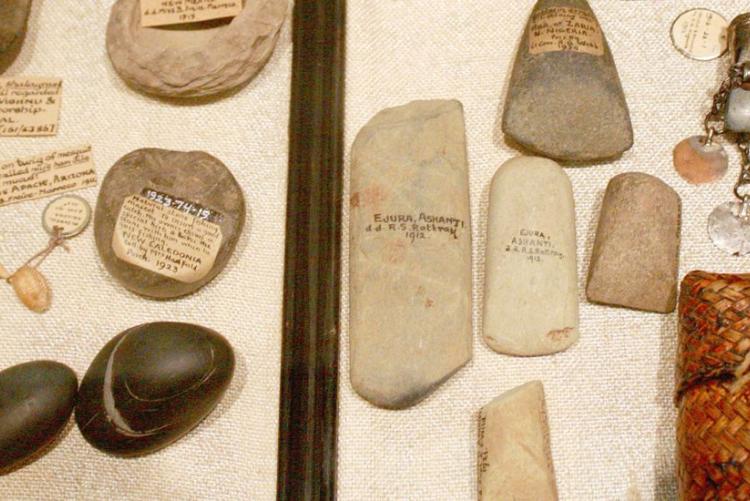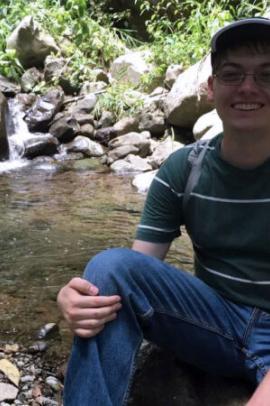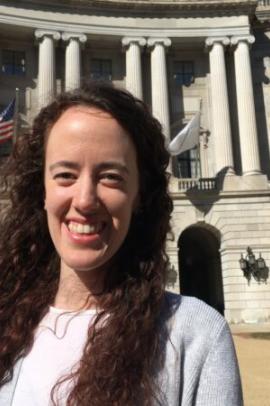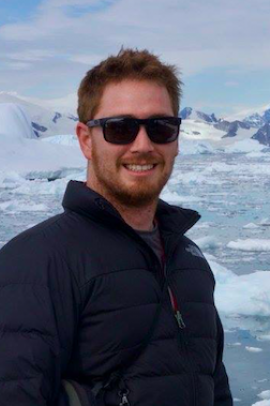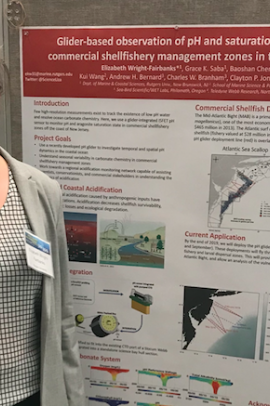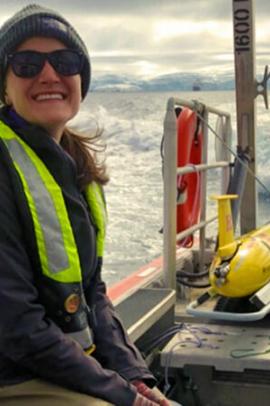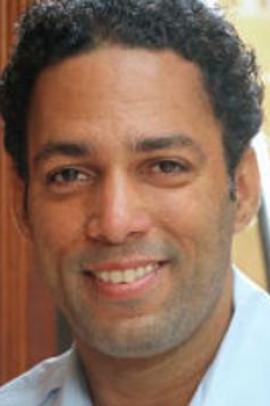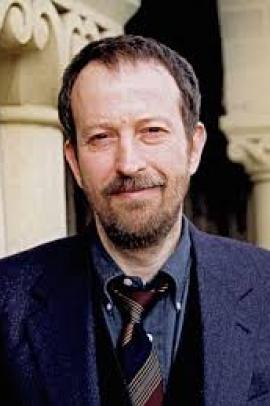Archaeology and anthropology together encompass the study of humankind from the origins of the human species to the present day.
Course objectives
This course explores the totality of human experience on earth, as known through archaeology, from the beginnings of humankind into the present. Course content is not organized chronologically or regionally, but thematically, focusing on how humans have made themselves and their worlds in the past and continue to do so today. It is an archaeological contribution to the anthropological question, “What makes us human?” An anthropological archaeology can inform us of where we come from, how we got to where we are today, and where we might be going in the future.
Archaeology and Anthropology 1A. Introduction to world archaeology
Archaeology and anthropology together encompass the study of humankind from the origins of the human species to the present day. Both disciplines have a long history: archaeology grew from 18th-century antiquarianism, while anthropology began even earlier in the first days of colonial encounter.
Archaeology and Anthropology 1B. Perspectives on human evolution
The archaeological record provides a unique, long-term view of the evolution of human behavior. The study of human evolution includes an examination of the physical, genetic, and behavioral variation of the hominin lineage since we diverged from other apes some seven million years ago or more. Although the shape of fossilized bones does record major changes in hominin behavior (such as habitually upright posture), it is not until about 2.5 million years ago with the first appearance of the archaeological record that we have abundant evidence for a more complete range of early human behaviors.
